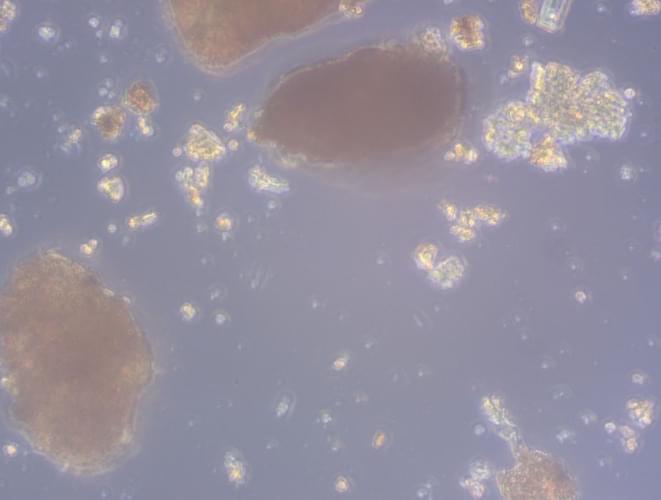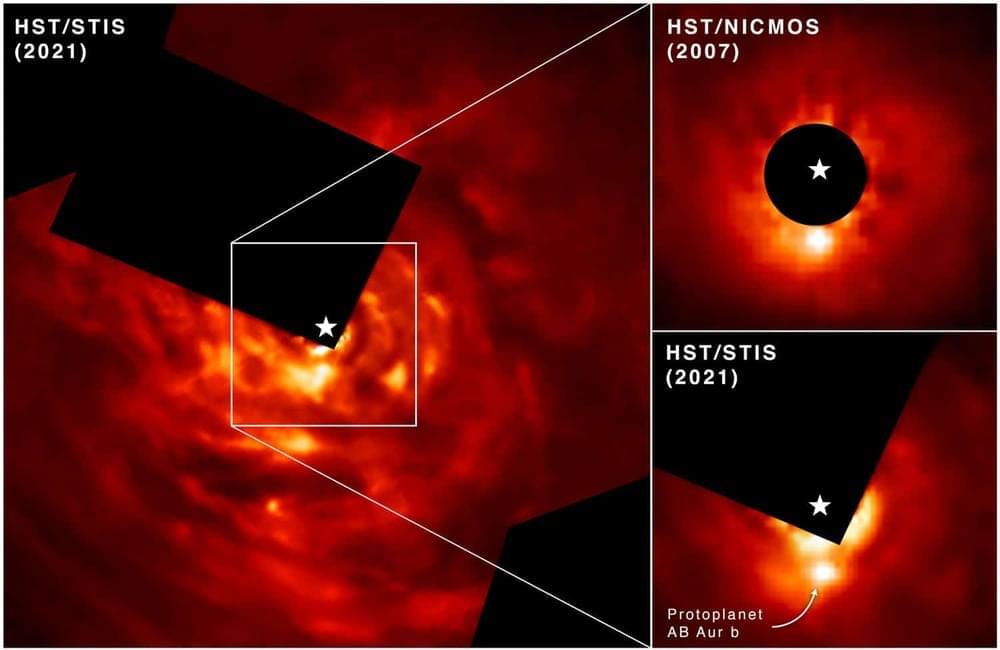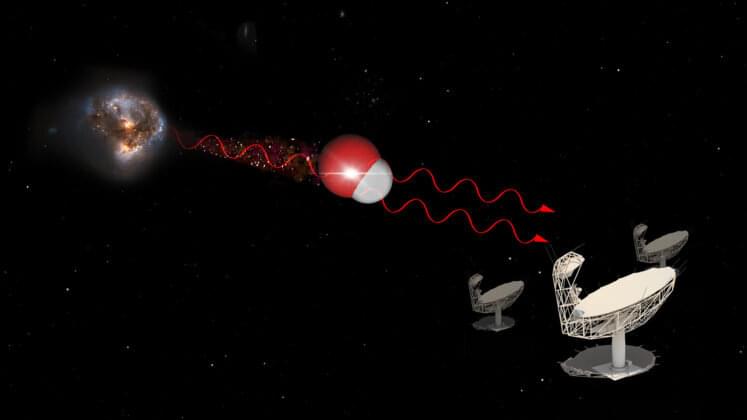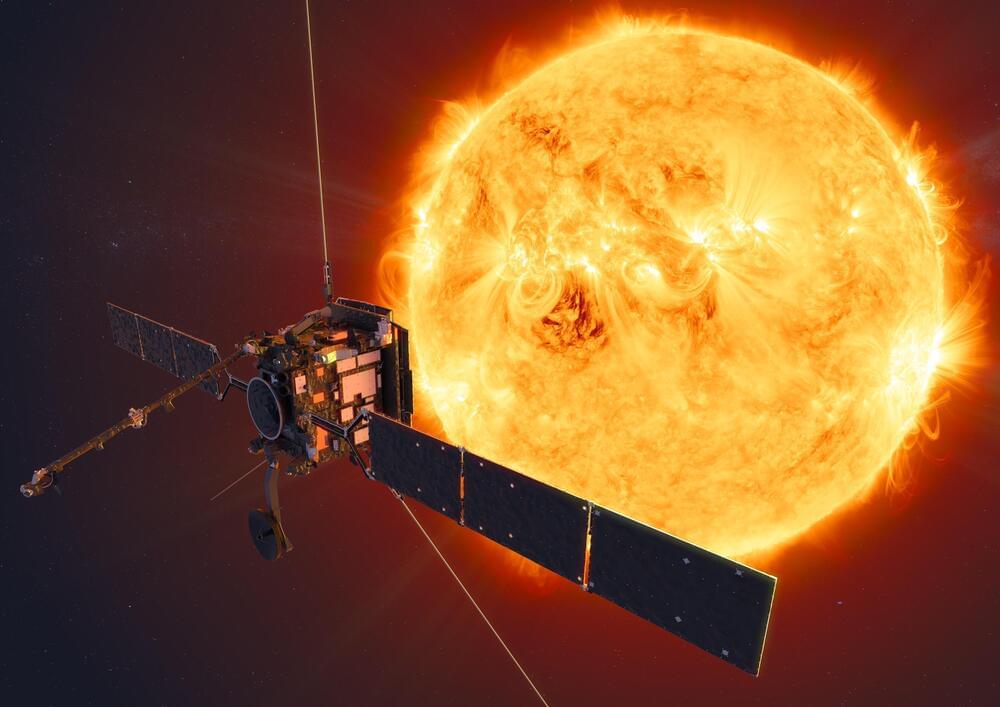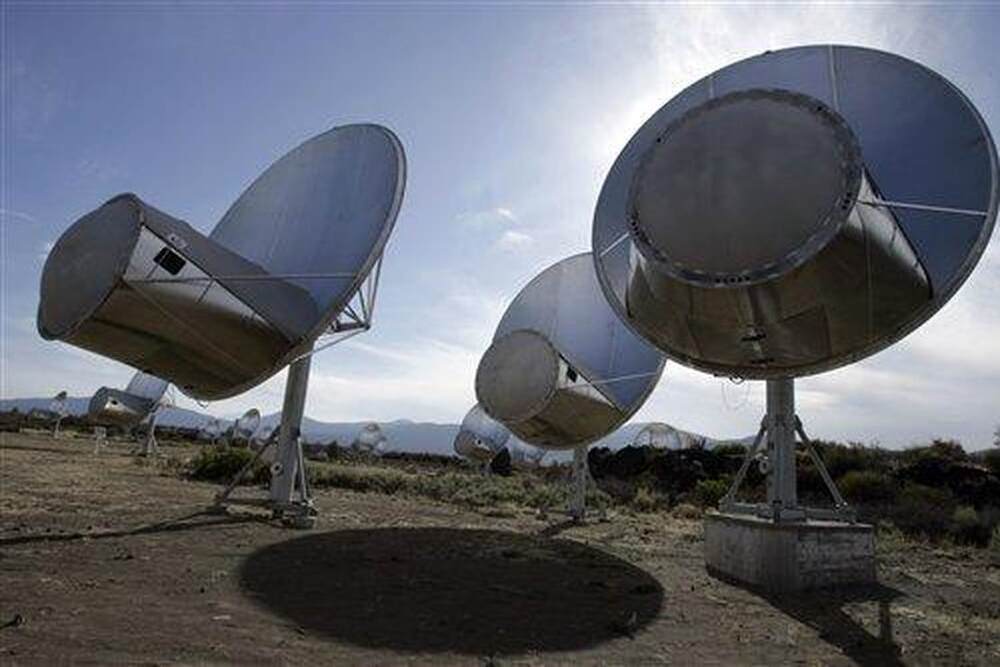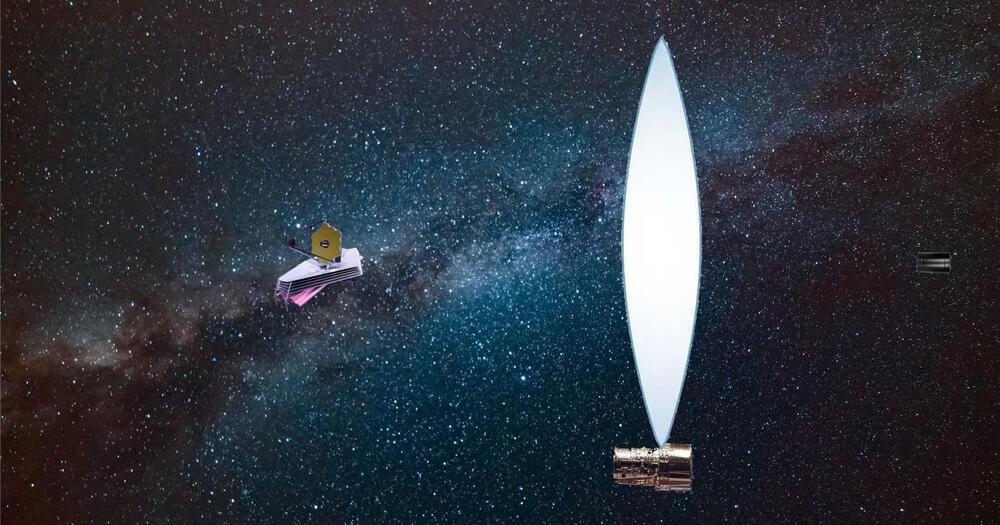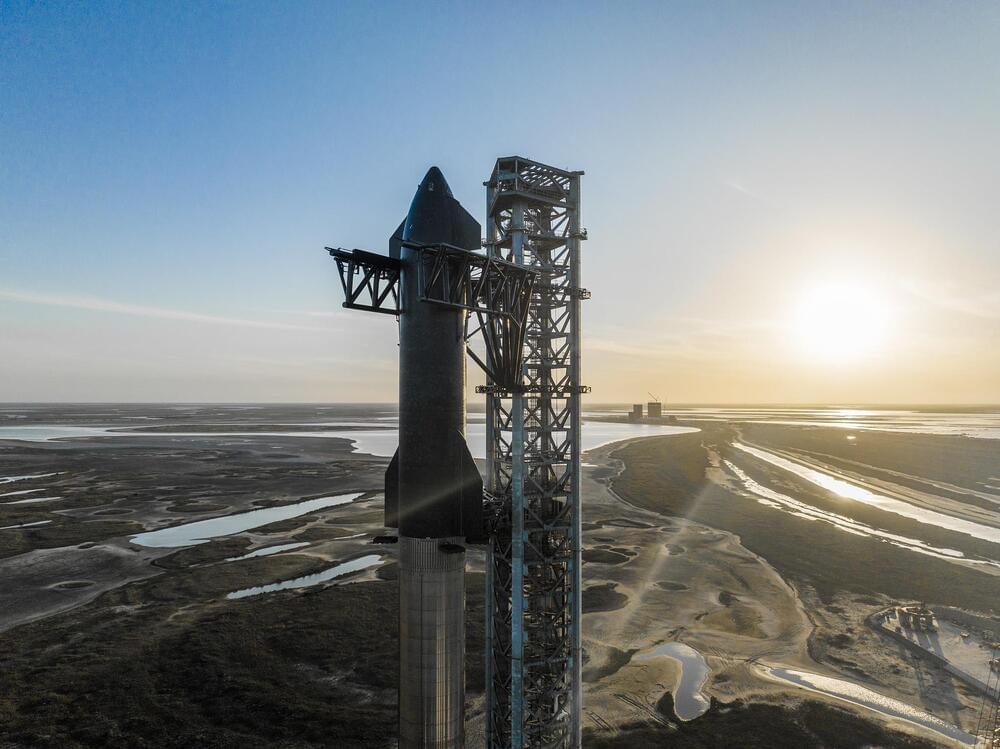Weather predictions here on Earth are more accurate than they’ve ever been; trying to predict the behavior of our wild and wacky Sun is a little more tricky.
Case in point: according to official predictions, the current cycle of solar activity should be mild. But the gap between the prediction and what’s actually happening is pretty significant – and it’s getting wider. Sunspot counts, used as a measure for solar activity, are way higher than the predicted values calculated by the NOAA, NASA, and the International Space Environmental Service.
In fact, sunspot counts have been consistently higher than predicted levels since September 2020. This could mean that, in contrast to predictions, the Sun is in the swing of an unusually strong activity cycle.

